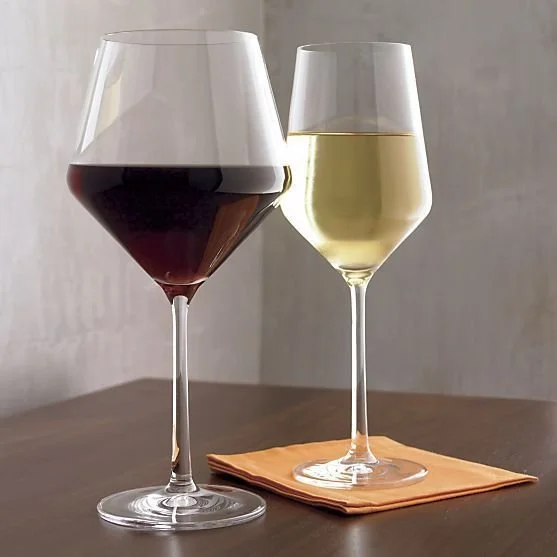The Art of Business Dining Etiquette
Introduction
In the world of business, small details often determine the difference between a successful partnership and a missed opportunity. Dining with potential clients or colleagues is no exception. Table manners have the power to shape impressions and communicate respect, cultural awareness, and professionalism. Good etiquette can be the silent language of trust and credibility, opening doors that might otherwise remain shut simply due to unintended faux pas.
The Importance of Table Manners in Business
Dining etiquette plays a significant role in business interactions. When professionals gather over a meal, the focus may be on the conversation, but each gesture and interaction also tells a story about character, discipline, and consideration for others.
Simple gestures speak volumes about a person’s attention to detail and adaptability in varied social settings. Lapses in table manners, on the other hand, may lead others to question someone’s competence or level of respect.
Basic Table Etiquette Essentials
To lay a solid foundation, it’s important to understand universal table manners:
Utensil Use: Start with utensils from the outside and work your way in with each course. Hold utensils lightly and avoid overly large bites.
Napkin Etiquette: Place your napkin on your lap immediately after sitting down, and only use it to dab your mouth. When leaving the table, gently place the napkin on your chair.
Pacing: Try to mirror the speed of others, to avoid finishing too early or too late.
These basics may seem small, but they create a polished, composed presence that others respect.
Key Global Differences in Dining Etiquette
For those who often dine internationally or with clients from different backgrounds, understanding cultural differences in etiquette is essential. Here are some examples:
Japan: Avoid sticking chopsticks vertically in rice, as it resembles funeral rituals and is considered bad luck. Slurping soup or noodles, however, is considered polite.
China: Dining is communal, with dishes shared. Sampling each dish shows appreciation, and leaving a bit of food signals you're full.
France: It’s polite to keep hands visible above the table (not on your lap) and tear bread rather than biting directly into it.
United States: Passing food to the right and waiting until everyone is served to begin eating are common expectations.
Check out the article dedicated to customs in France, China, and the Arab world
Business Dining Tips
Dining with clients or colleagues can involve unique nuances. Here’s how to navigate these scenarios professionally:
Avoid Controversial Topics: Keep the conversation light and positive. If discussing business, wait until after the meal or when prompted.
Reading the Room: Some cultures treat business dining as social time, while others integrate business conversations. Gauge your host’s approach and follow.
Common Mistakes and How to Avoid Them
Even small mistakes can create a negative impression, so here are key tips to keep in mind:
Hold Your Wine Glass by the Stem: Holding a wine glass by the bowl warms the wine and leaves fingerprints, both of which can seem careless. Instead, gently hold it by the stem to maintain the wine’s temperature and a professional appearance.
Know Your Wine Glasses: Typically, white wine is served in a smaller glass, which is placed next to the larger red wine glass. Understanding this distinction shows your knowledge of wine etiquette and attention to detail.
Conclusion
Table manners are tools for creating strong, respectful connections in business. Practicing good dining etiquette conveys professionalism, self-awareness, and respect for others’ customs. By embracing these practices, you’ll leave lasting positive impressions, subtly enhancing your professional image.
